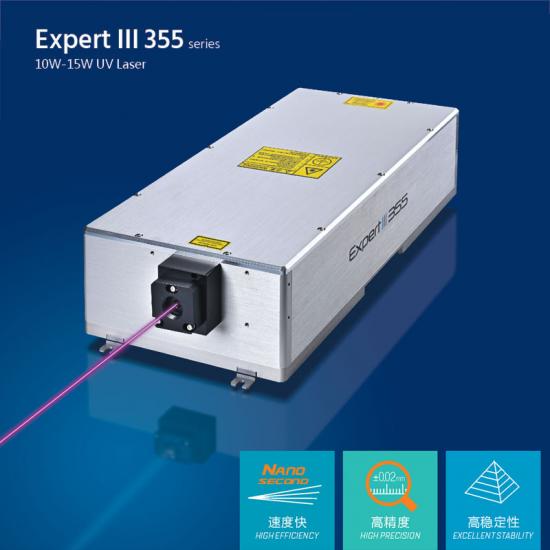UV laser system marking plastic parts-Trumpf
Apr 19 , 2023UV laser system marking plastic parts-Trumpf
Lasers mark plastic components not only permanently and flexibly, but also very environmentally and material friendly. This is due to the fact that - compared to conventional marking procedures - no templates or consumables such as ink are required. Laser markings on plastic surfaces are always smudge and abrasion resistant. The laser marking of plastics basically involves three separate processes: changes in color, alterations to surfaces and the ablation of layers.
Process for the laser marking of plastic parts
The key to laser marking plastics is achieving sufficient absorption of the laser beam into the material. In metals, most of the beam is reflected, while in plastics, transmission, diffuse reflection, and absorption are more important. The low heat conductivity in plastics means low energy losses during marking. Plastics can therefore be marked much faster than metals. Absorption by the macromolecular structure of plastics is usually in the ultraviolet and far infrared range. In additives such as carbon black or dyes, absorption occurs at varying wavelength spectrums. Since lasers with different wavelengths are available, the wavelength can be optimized for the respective material.
Which plastics can be laser marked?
TRUMPF marking lasers: overview of markable plastics
Short-pulse lasers achieve good results with a range of marking types depending on the plastic, the laser wavelength and additives used. To achieve high legibility and marking quality, it is recommended to mix laser-sensitive additives into some industrial plastics. The properties of the plastics remain largely unaffected.
Laser wavelength plays an important role in the marking of plastics, depending on the application. Using frequency-doubled (532 nm, green) or tripled (355 nm, UV) solid-state lasers extends the range of plastics that are easy to mark. These lasers often achieve better results than standard systems with wavelengths of 1,064 or 1,030 nm.
What is important when marking plastics?
Plastics are materials that pose several challenges to many marking systems. The main objective of marking systems is the long-term legibility of markings, but ink, for example, has inherent limitations. Moreover, not all plastics are the same. The varying properties and additives in plastics often require individualized marking solutions. Lasers are much more flexible in coping with such challenges, tolerating even minor surface soiling, and able to begin marking immediately without having to first create templates, which is required, for example, by screen and pad printing processes.
Today,we will recommend you RFH UV laser brand from China.
20watt high power uv laser source cutting ceramics
Expert III 355 series UV DPSS laser, developed and produced by RFH, covers 10w-15w in laser power with short pulse width (<20ns@40K) ,superior beam quality (M²<1.2) and perfect laser spot quality (beam circularity >90%). It is widely used in PE/PCB/FPC cutting, glass & sapphire cutting, drilling, scribing & cutting used in high precision micromaching areas.
